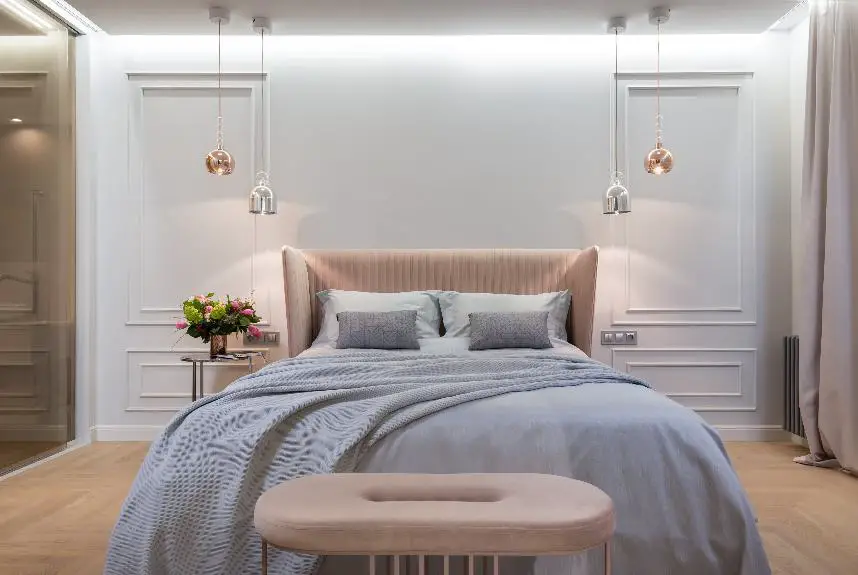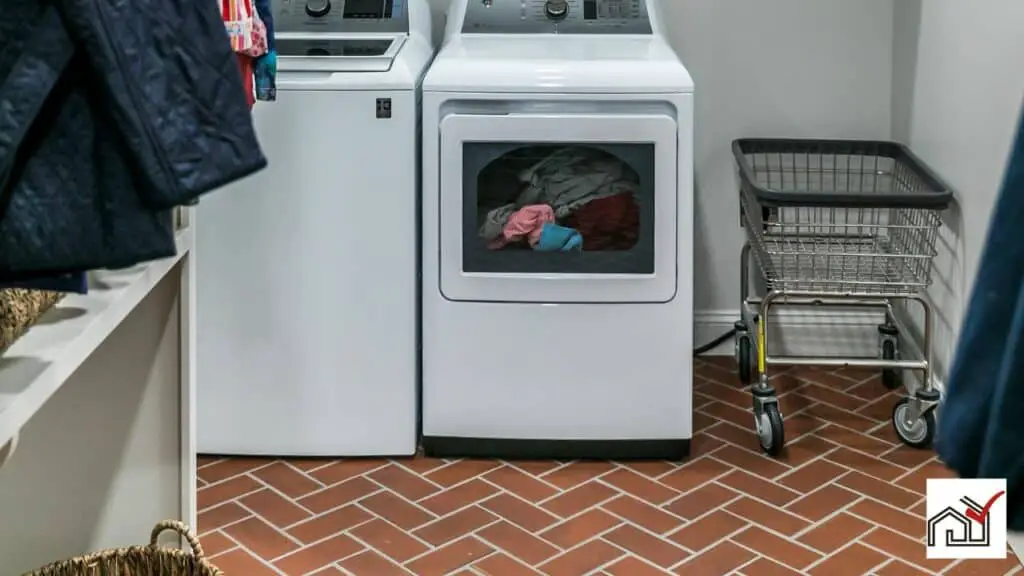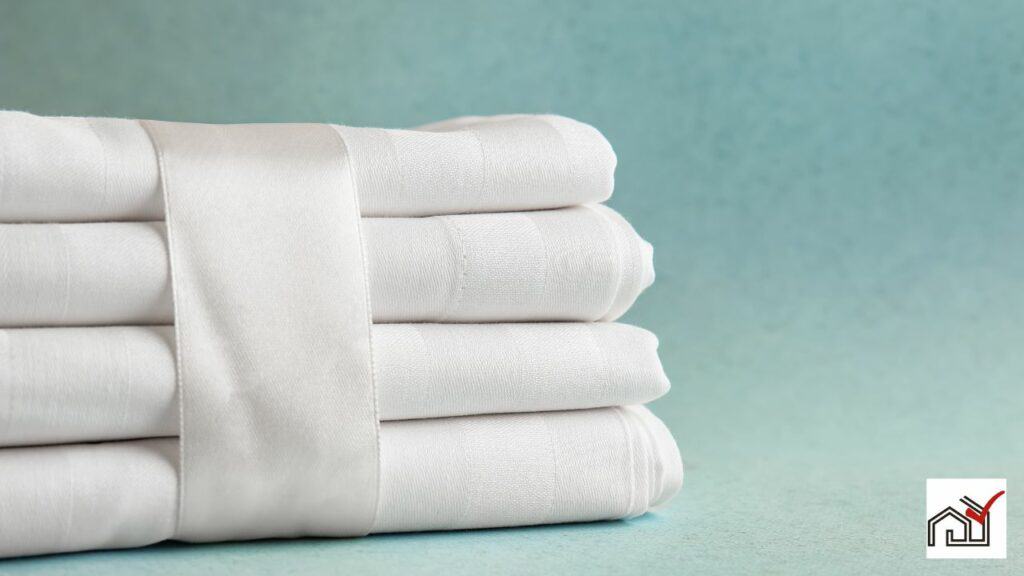When choosing a mattress foundation, consumers often decide between a bed frame and a box spring. This choice influences the bed's comfort, support, longevity, and appearance.
A bed frame, especially a platform type, provides a solid, flat base and can include a headboard and footboard for added style.
A box spring, however, is best paired with innerspring mattresses and offers shock absorption and extra height.
Each choice has its own benefits and limitations in terms of support, durability, design, and cost.
The following comparison will help readers make an informed decision that suits their specific needs and preferences.
Understanding Bed Frames
A bed frame is an essential piece of bedroom furniture that supports a mattress and can eliminate the need for a box spring. The choice of bed frame influences the look of the room, as well as the durability and comfort of the bed.
Platform beds, which are typically 5 to 12 inches tall, are known for their modern design and built-in support, making a box spring unnecessary. Platform beds come with either a solid base or slatted support, made of wood or metal, to provide a stable foundation and to allow for airflow beneath the mattress. Solid wood platform beds are durable and have a classic look.
These beds can accommodate all mattress types, including innerspring and memory foam, and are available for all mattress sizes, from twin to king. Platform beds offer a simple, supportive alternative to traditional bed frames that often require a box spring. They come in metal for a modern style or wood for a warmer appearance, and both options provide a sturdy base for sleep.
Exploring Box Springs
Box springs are foundations that support and elevate mattresses. They have a wooden frame with springs encased in fabric, which helps absorb shock and extend mattress life.
The primary role of a box spring is to preserve the mattress's shape and provide a softer surface when used with innerspring mattresses. These mattresses benefit from the box spring's give and alignment support. Box springs can also add height to a bed for aesthetic appeal and ease of use.
Not all mattresses require a box spring. Memory foam, latex, and hybrid mattresses need a firmer foundation and can be damaged by the uneven support of a box spring.
Box springs are less common due to advancements in mattress technology and varied support preferences. The longevity of a box spring depends on its usage and the mattress type it supports; it may wear down or sag, especially under heavier mattresses. Consumers should consider if a box spring is suitable for their mattress type.
Comparing Support Levels
Platform beds generally have slats or a solid base, providing stable support suitable for memory foam, latex, and hybrid mattresses. They distribute weight well, which is beneficial for heavier individuals.
Box springs, in contrast, are built to absorb shock and provide a bouncier feel, which is compatible with innerspring mattresses. Their springiness can relieve back or joint pain, offering a less stiff sleeping surface.
A platform bed offers firmer support, while a box spring is more responsive. The choice between the two depends on personal preference and the sleeper's support and firmness needs. It is important to consider these factors for a comfortable sleep.
Assessing Durability Factors
Platform beds generally have a longer lifespan than box springs, which typically last 5-10 years. Properly maintained platform beds can last for decades due to their robust materials such as solid wood or a mix of wood and composite wood. They may also be constructed from wrought iron or steel, enhancing their strength and ability to support substantial weight over time.
Unlike box springs, which require replacement when their inner coils wear out, platform beds feature solid or slatted bases that offer durable support and slower degradation. The design of platform beds also promotes better airflow for the mattress and does not require a box spring, reducing wear and tear.
Considering Design Aesthetics
Platform beds enhance bedroom aesthetics with their modern design and customizable options. They offer a simple yet adaptable structure that can incorporate materials like wood or metal, providing a distinctive and stylish appearance. The design of a platform bed removes the need for a box spring, resulting in a sleek and tidy look that can make the sleeping area seem larger.
Compared to traditional beds with box springs, platform beds have a less bulky appearance that complements modern decor. Their low profile can make small bedrooms appear more spacious.
Some platform beds include features like storage drawers or integrated nightstands, which contribute to both style and organization. The minimalist design of platform beds serves as an ideal base for quality bedding and decor, thereby enhancing their aesthetic value.
In choosing between a platform bed and a traditional bed with a box spring, considering design aesthetics, the platform bed offers a combination of visual appeal and practicality, promoting both an attractive room and comfortable sleep.
Evaluating Cost Implications
A bed foundation impacts the cost and durability of a sleep setup. It is important to consider not only the upfront cost but also long-term expenses.
Box springs are initially affordable, typically ranging from $100 to $500, excluding the bed frame. However, they may need to be replaced every 5-10 years due to wear, which can make them more expensive over time.
Platform beds usually cost more, from a few hundred to several thousand dollars, but they include a bed frame and foundation in one. This may save money as separate purchases are not necessary. They also support various mattress types, potentially reducing the need for different foundations.
Platform beds tend to be sturdier and last longer. They offer flexibility to accommodate different mattresses, which may be cost-effective as preferences change. Overall, platform beds may provide better long-term value due to their durability and versatility.
Making the Right Choice
Choosing between a bed frame and a box spring depends on personal needs and preferences, as well as the type of mattress used. Platform beds offer a firm and flat support, suitable for memory foam or latex mattresses, and can also accommodate innerspring mattresses. They provide a modern look and do not require a box spring, which can save money.
A box spring, on the other hand, is designed for innerspring mattresses, offering flexibility and potentially prolonging the mattress's life while delivering a traditional, bouncier feel.
When deciding between a bed frame and a box spring, consider the mattress type, desired firmness, and preferred bed style. For a firmer support, a platform bed is recommended, but if you prefer a springy feel with innerspring mattresses, a box spring could be better. Personal comfort and mattress compatibility should guide the decision.





